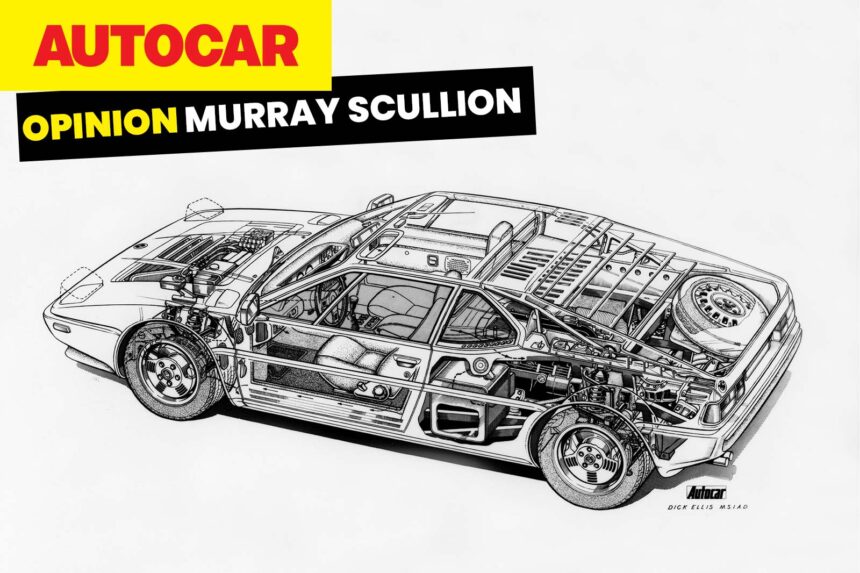Cutaway diagrams are more than just technical illustrations – they are works of art that can make complex concepts easily understandable. As someone who appreciates the beauty of language and intricate explanations, I am fascinated by the way cutaways can simplify the most complicated mechanisms in just a single image.
One of the things I admire most about cutaway diagrams is their ability to show the inner workings of a machine or device in a way that is both educational and visually captivating. Instead of slogging through pages of text, a cutaway diagram can break down the components of an engine or a gearbox into a visual feast for the eyes. It’s like getting a backstage pass to the inner workings of a machine, all in the palm of your hand.
But cutaways are not just informative – they are also a form of art. Artists like Tony Matthews have elevated the craft of creating cutaway diagrams to a whole new level, with their attention to detail and creativity shining through in every line and shading. It’s a meticulous process that requires skill, patience, and a keen eye for detail, but the end result is nothing short of breathtaking.
In a world where information overload is the norm, cutaway diagrams offer a refreshing change of pace. They are a visual treat that engages the mind and sparks curiosity, making even the most complex concepts seem simple and accessible. Whether you’re a technical enthusiast or just someone who appreciates good design, a well-executed cutaway diagram is sure to capture your imagination.
So next time you come across a cutaway diagram, take a moment to appreciate the artistry and ingenuity that went into creating it. It’s not just a technical illustration – it’s a work of art that bridges the gap between complexity and simplicity, all in one beautifully crafted image.







